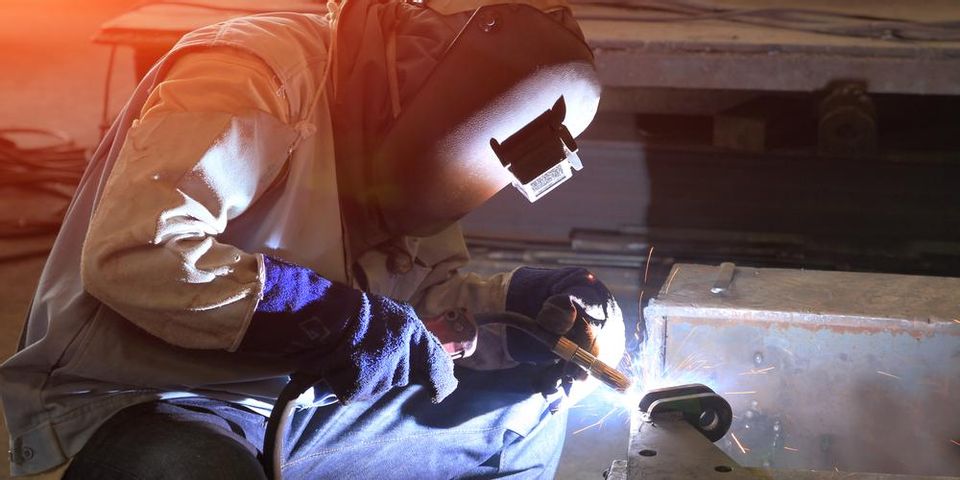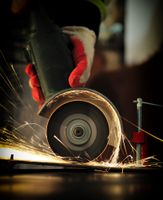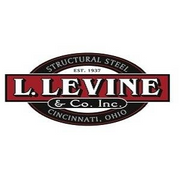
Metal fabrication is required to create a number of products in everyday life. However, many people confuse this service with welding. While there are some similarities between the two techniques, their distinct differences must be recognized before starting a project. As the leading steel supplier in the Greater Cincinnati, OH, area, L. Levine & Co., Inc. proudly offers a large selection of options to meet residential, commercial, and industrial needs. Below, the company explains how fabrication differs from welding, so you can confidently decide which service you need.
The Processes
 Fabrication encompasses the creation of a metal product from beginning to end. It involves everything from layout and design to shaping and finishing. In contrast, welding is simply one action carried out during the fabrication procedure. Welding is the process of joining two pieces of metal together with heat. Fabrication consists of many processes, including cutting, bending, shrinking, bolting, stretching, stamping, and riveting. The fabrication methods used to produce the final product will depend on the specifications of each project.
Fabrication encompasses the creation of a metal product from beginning to end. It involves everything from layout and design to shaping and finishing. In contrast, welding is simply one action carried out during the fabrication procedure. Welding is the process of joining two pieces of metal together with heat. Fabrication consists of many processes, including cutting, bending, shrinking, bolting, stretching, stamping, and riveting. The fabrication methods used to produce the final product will depend on the specifications of each project.
The Tools Involved
There is also a difference in the tools utilized for fabrication and welding jobs. Typically, welders need equipment such as abrasives, chipping hammers, electrode holders, soapstone, welding clamps, vices, and vice grips. Fabrication professionals generally use angle grinder discs, cleco fasteners, wire cutters, drill bits, and throatless shears.
Learning the main distinctions between fabrication and welding makes it easier to figure out which service is needed for your project. In both cases, it’s important to choose the right professional who will produce the ideal finished product. Contact L. Levine & Co. at (513) 471-5900 to place a steel order for delivery or to inquire about a free estimate. They can also accommodate any customization request with their precise cutting services. For more information, visit their website today.
About the Business
Have a question? Ask the experts!
Send your question

